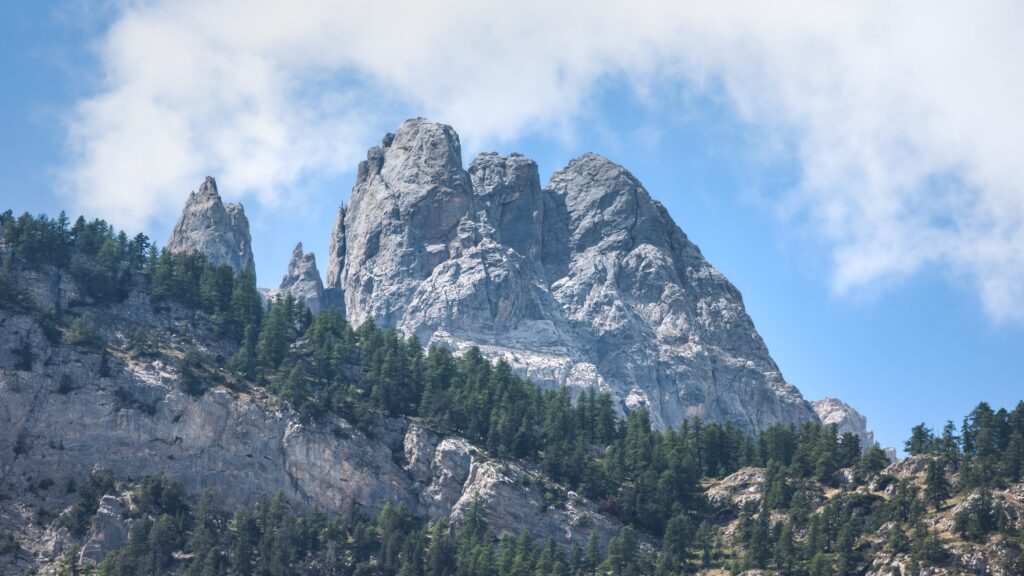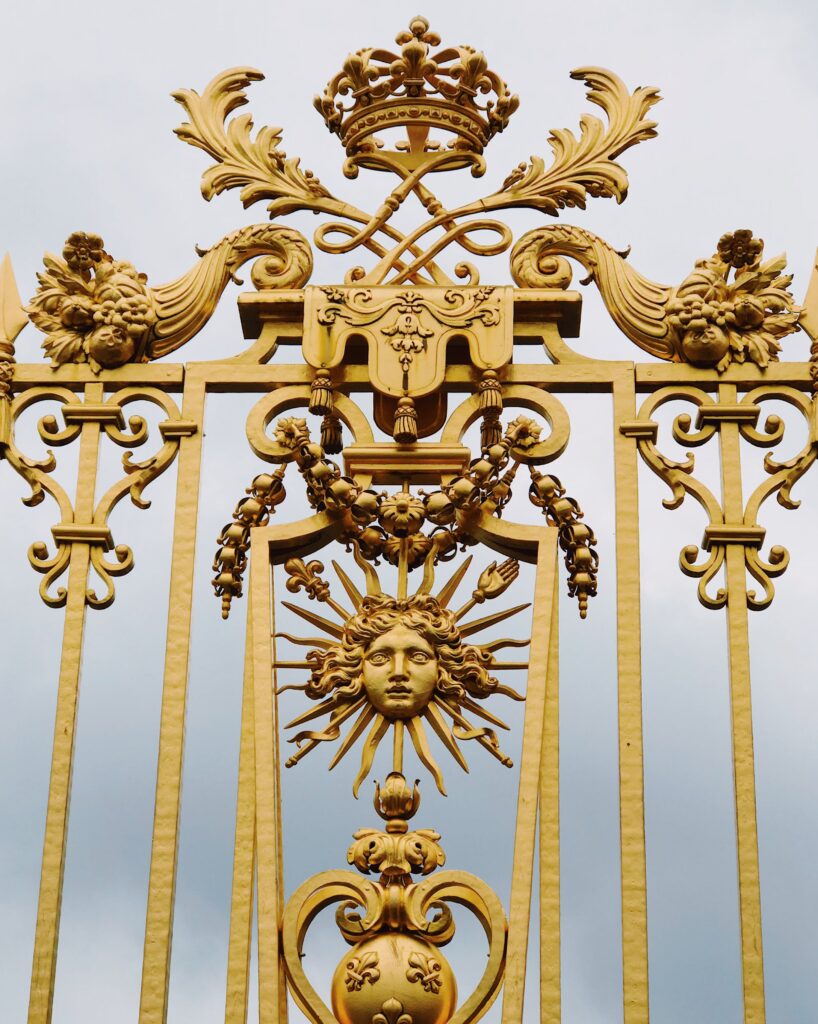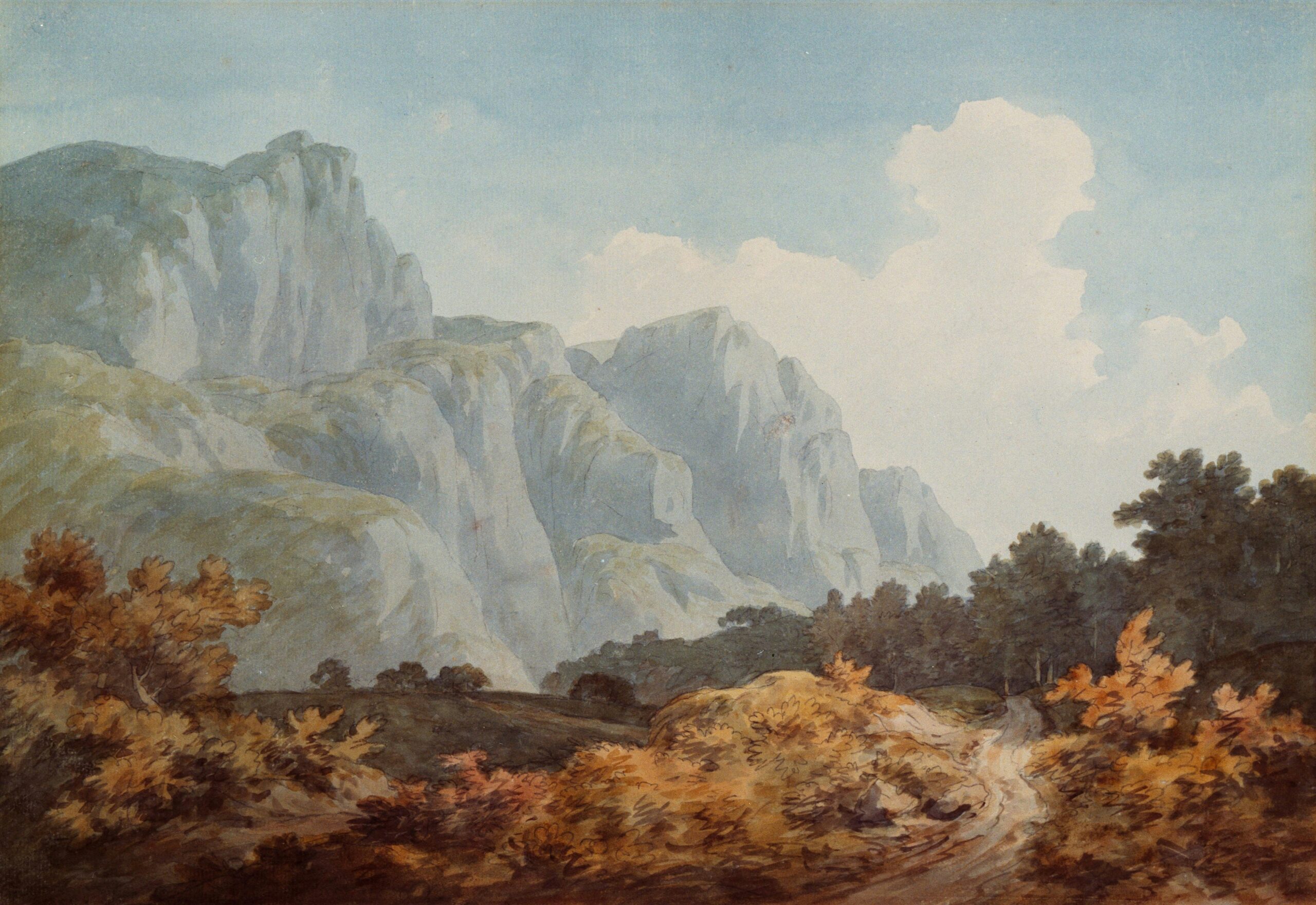6 Pack Luggage Tags for Cruise Ship Essentials for NCL, Princess, Carnival, Royal Caribbean and Celebrity Cruise Necessities by SEAVILIA
$5.09 (as of April 16, 2025 04:30 GMT +00:00 - More info)Imagine stepping into an oasis where the hustle and bustle of San Francisco fades away, replaced by the serene whispers of nature. That’s exactly what you’ll find at the San Francisco Botanical Garden, a breathtaking expanse nestled within the city’s Golden Gate Park. As you wander through this lush paradise, you’ll embark on a global journey through over 55 acres of landscaped gardens and open spaces, showcasing over 8,000 different kinds of plants from around the world. Whether you’re a plant enthusiast eager to explore the intriguing collections or someone looking for a peaceful retreat from city life, this spot offers not just a visit, but an experience. With insights into the best times to visit, tips to enhance your exploration, and hidden gems that await your discovery, you’re all set to make the most of your time in this verdant haven. Remember to check their official website for the most current information on visiting hours, special tours, and events that can enrich your experience. So, grab your comfortable shoes, and let’s take a virtual stroll through the San Francisco Botanical Garden, where nature’s wonders are just a step away.
Overview of San Francisco Botanical Garden
Location and size
Nestled in the heart of San Francisco’s Golden Gate Park, the San Francisco Botanical Garden spans over 55 acres of verdant landscapes. This lush oasis amid the city buzz is your gateway to discovering an incredible diversity of plant life from around the world.
History of the garden
This garden’s roots go deep, back to the early 20th century. The vision for a botanical garden in San Francisco was conceived in the 1890s, but it wasn’t until the 1920s that the plan began to take shape, culminating in its official opening in 1940. Since then, it has grown into a renowned sanctuary of flora, preserving rare and endangered plants.
Mission and conservation efforts
The garden’s mission branches out into education, conservation, and research, focusing on the cultivation and preservation of plant diversity. It showcases a commitment to protecting endangered species and serves as a living library for conservationists and researchers alike.
How to get there
Accessing this green haven is straightforward. Nestled within Golden Gate Park, it’s reachable by various means of transportation. Public transit options, biking, and walking are encouraged, with ample bike racks available. For those driving, parking is accessible nearby.
Collections and Plant Types
Magnolia collection
The garden boasts an impressive collection of magnolias, which burst into a spectacle of pinks and whites come winter and early spring. This stunning display highlights the garden’s role in magnolia conservation.
Cloud forest plants
Step into the misty realms of the cloud forest collections, featuring plants from high elevation forests of Central and South America. These areas mimic the cool, moist conditions cloud forest plants thrive in, offering a glimpse into these intriguing ecosystems.
California native plants
Discover the beauty and diversity of California’s own flora through the garden’s extensive collection of native plants. This area demonstrates the natural splendor of the state’s ecosystems, from coastal scrubs to redwood forests.
The Andean Cloud Forest
The Andean Cloud Forest section is a testament to the garden’s dedication to preserving rare and endangered species from the Andes Mountains. Walking through this area feels like stepping into another world, with its unique plant life and conservation focus.
Rare and endangered species conservation
At the heart of the garden’s mission is the conservation of rare and endangered plant species. Through meticulous care and propagation, the garden plays a crucial role in safeguarding these plants for future generations.

Garden Areas
The Mediterranean Garden
Bask in the warm, sunny climes of the Mediterranean Garden, showcasing plants from Mediterranean climates around the world. It’s like a mini holiday, offering a sensory journey through its aromatic and drought-resistant plantings.
The Ancient Plant Garden
Travel back in time in the Ancient Plant Garden, featuring living fossils and primitive plants. This intriguing area provides insights into the planet’s botanical past and the evolution of plant life.
The Succulent Garden
The Succulent Garden is a haven for those captivated by the sculptural beauty of succulents. With a fascinating array of shapes, sizes, and colors, it highlights the adaptive strategies of these drought-tolerant plants.
The Children’s Garden
Spark curiosity and a love for nature in the little ones at the Children’s Garden. It’s a dynamic space for interactive learning and discovery, fostering the next generation of environmental stewards.
The Moon Viewing Garden
Inspired by Japanese garden design, the Moon Viewing Garden offers a serene setting for contemplation and connection with nature. Its careful layout encourages peaceful reflection, particularly during evening moon views.
Seasonal Highlights
Spring blooms
Spring in the garden is a celebration of renewal, with magnolias and cherry blossoms leading the vibrant parade of colors. It’s a perfect time to see the garden awaken with life.
Summer flowering
Summer sees the garden in full bloom, with a riot of colors and scents. The warm months bring forth exotic blooms and lush greenery, offering a cool retreat from the city’s hustle.
Autumn colors
Autumn paints the garden in warm hues, with the changing foliage offering a spectacular display. It’s a quieter time, ideal for enjoying the crisping air and the subtler beauty of fall.
Winter Interest
Even in winter, the garden has its charms, with blooming magnolias and the stark beauty of deciduous trees. The cooler months reveal a different, introspective side of the garden.

Educational Programs and Tours
Guided tours
Engage with the garden on a deeper level through guided tours. Expert docents lead visitors on a journey through the complex ecosystems and botanical rarities, enriching the garden experience.
Workshops and classes for adults
Continue your botanical education with a variety of workshops and classes. From gardening techniques to botanical art, there’s a wealth of knowledge to explore for enthusiasts and professionals alike.
Children’s educational programs
Cultivate a sense of wonder and environmental awareness in children with the garden’s educational programs. Through hands-on activities and interactive tours, kids can connect with nature and learn about plant life.
Library and resources
Dive into a world of botanical knowledge at the garden’s library. With resources ranging from plant care to conservation, it’s a treasure trove for researchers, students, and garden enthusiasts.
Volunteer Opportunities
Garden docents
Become a garden docent and share your passion for plants with visitors. It’s a rewarding way to engage with the community and enhance guests’ experiences.
Plant care and maintenance
Lend a hand with the vital work of plant care and garden maintenance. Volunteers play a crucial role in keeping the garden looking its best and supporting its conservation mission.
Special projects
Contribute your skills to special projects, from botanical research to event organization. There’s always a way to make a meaningful contribution, matching your interests and expertise.
Benefits of volunteering
Volunteering at the garden is more than just giving back; it’s an opportunity to grow, learn, and connect with like-minded individuals. Plus, the satisfaction of contributing to conservation efforts is incomparable.

Events and Exhibitions
Annual Plant Sale
Don’t miss the garden’s Annual Plant Sale, a highlight for plant lovers. With a wide variety of species available, it’s a great chance to add unique plants to your collection while supporting the garden.
Flower shows
The garden hosts flower shows throughout the year, celebrating the beauty and diversity of specific plant families. These events are a feast for the eyes and a source of inspiration.
Cultural festivals
Experience the rich tapestry of cultural heritage at the garden’s festivals. From Japanese cherry blossoms to Mexican Day of the Dead celebrations, these events bring together communities and cultures.
Temporary exhibitions
Check out the garden’s temporary exhibitions, which range from botanical art to educational displays on conservation. They offer fresh perspectives and insight into the plant world.
Conservation and Research
Species recovery programs
The garden’s species recovery programs are vital for preserving biodiversity. By cultivating endangered plants, the garden serves as a living ark, ensuring their survival.
Collaborations with universities and organizations
Through partnerships with universities and conservation organizations, the garden extends its reach and impact. These collaborations drive forward research and conservation initiatives.
Horticultural research
The garden is a center for horticultural research, investigating everything from plant propagation to climate resilience. Its research contributes to global knowledge and plant conservation efforts.
Contributions to global plant conservation
The garden’s work extends beyond its gates, contributing to global plant conservation. By sharing knowledge, seeds, and plants, it plays a role in preserving the planet’s botanical heritage.

Visiting Tips
Best time to visit
While the garden offers something year-round, spring and summer present the most vibrant blooms. Early morning is especially magical, offering a peaceful experience before the crowds.
Admission fees and membership
Admission fees apply, but membership offers unlimited visits and additional benefits. Consider joining to support the garden and enjoy member-exclusive events.
Facilities available
The garden is equipped with restrooms, a café, and a bookstore. Plan ahead for picnics, as food options within the garden are limited. Come prepared to spend the day exploring.
Rules and regulations to follow
Respect the garden and its inhabitants by staying on designated paths, refraining from picking plants, and keeping pets at home. It’s all about preserving this space for everyone to enjoy.
Photography policy
Photography for personal use is welcomed, but professional shoots require a permit. Always be mindful of not disturbing plants or other visitors as you capture the garden’s beauty.
Contact Information and Resources
Official website
For the most up-to-date information, visit the San Francisco Botanical Garden’s official website. It’s your go-to for event calendars, educational programs, and visiting details.
Address and phone number
San Francisco Botanical Garden is located at 1199 9th Ave, San Francisco, CA. Reach out at (415) 661-1316 for any inquiries.
Operating hours
The garden welcomes visitors every day, with varying hours throughout the year. Check the official website or call ahead to confirm current opening times.
Social media channels
Follow the garden on social media for a burst of botanical beauty in your feed, updates on events, and community stories. It’s a great way to stay connected and inspired.
Accessibility information
The garden is committed to accessibility, offering wheelchairs at the entrance and designing paths to accommodate visitors with mobility challenges. Ensure a comfortable visit by checking out available services in advance.
Discovering the San Francisco Botanical Garden is like embarking on a global botanical journey, all within the heart of the city. Whether you’re a plant enthusiast, a conservation advocate, or simply in search of beauty and peace, the garden offers a verdant escape into the wonders of the natural world.







